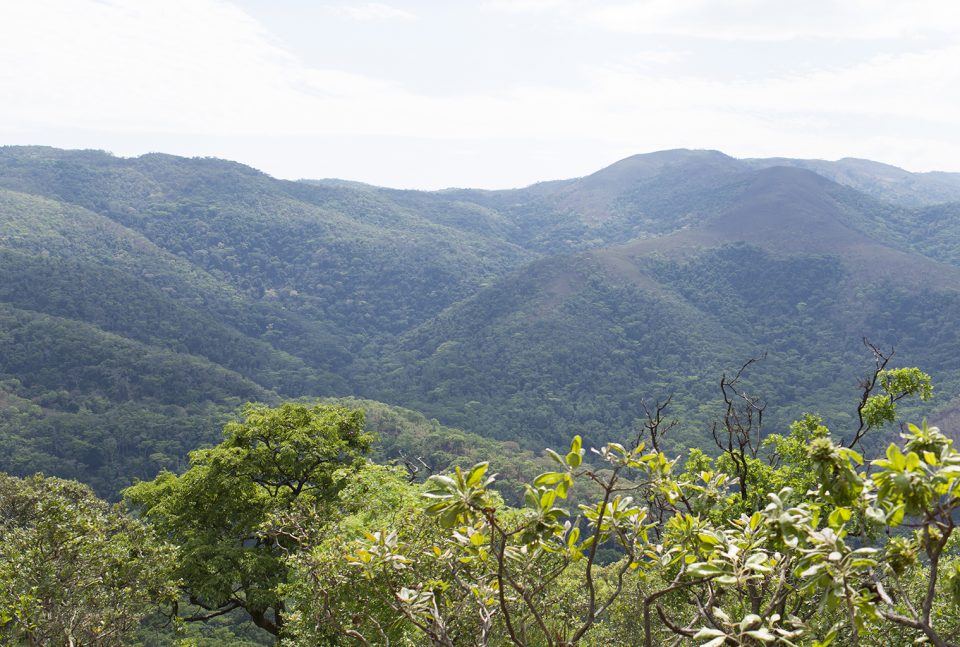The travel-driven conservation sits at the heart of everything we do, supporting economic development, conservation and allowing a sharing of cultures and ideas.
We do, however, understand that there are unavoidable negative impacts from travel. The most obvious of which is the climate impact caused by carbon dioxide emission, especially from air travel. Hence, developing the Safari Carbon Calculator, an open source tool designed to measure carbon emmissions of single safaris. The tool aims to help quantify the carbon emissions from a safari, in a simple way, and focusing on the emissions of the highest emitting activities.
Background
It had become clear that it was difficult to quantify the carbon emissions on a trip-by-trip basis, especially specialised trips that involved high emitting activities such as privately chartered flights. There were few places that you could get the information needed and it was a time consuming process. To this end, we decided to develop the Safari Carbon Calculator, for both ourselves and anyone to use as part of their climate action.
A step in the right direction
Although we do not suggest Safari Carbon Calculator or any other such tool’s the answer to mitigating climate change, it’s a good interim step while alternative options – and particularly their technologies – are developed. We are a supporter of approaches such as REDD+ (Reducing Emissions from Deforestation and Degradation) which aim to make forests more valuable standing that being cut down. REDD+ projects develop credits which can be used to offset emissions by developing approaches that bring communities and forests together establishing long term protection. Project developers such as Carbon Tanzania have been forging the way in developing these types of projects and we love their work, especially their project in the Ntakata Forest region.
We appreciate some might say the solution is not to travel in the first place, or to avoid flying. However, we also have to acknowledge that stopping international travel to Africa would have a devastating effect on the conservation efforts, as has been witnessed over the Covid-19 pandemic. We also know there will always be a demand and as such want to work towards making travel as sustainable as possible. We would encourage people to travel less, but for longer, choosing options that do benefit local communities and landscapes.
As said, it’s not the answer, but it is an effective way of allowing people and organisations to measure and therefore offset emmissions. Initiatives such as Tourism Declares a Climate Emergency also provides a great resource to the industry.
In the Spirit of Open Source
So, we encourage tour operators, DMCs and ground handlers to have a look and see if its useful. If it is, we would be delighted for you to use it. Please bear in mind that this is a first version of the tool. In the spirit of open source creativity, we welcome all feedback, and hope to be able to develop the tool in the years to come. On which note, if at all possible, we ask that if you do find it useful that you consider a small donation to help us with and future updates.
If you would like to see changes made to the tool, please email info@wildphilanthropy.com with your request and we will add it to an ongoing list for future updates. Once we have enough to make it cost effective we will then update the tool accordingly. You can find a list of currently planned updated below:
-
- Make it possible to have multiple aircraft when calculating private charters or helicopter
- Add a ‘self-drive’ function allowing longer journeys at higher speeds
- Add scheduled flights from landing strips without airport code (hours flying)

